
January Garden Notes – emerging signs of life…
SEO Space
Helleborus hybridus emerges from the winter border

Shoots of Iris reticulata in terracotta pots are now showing
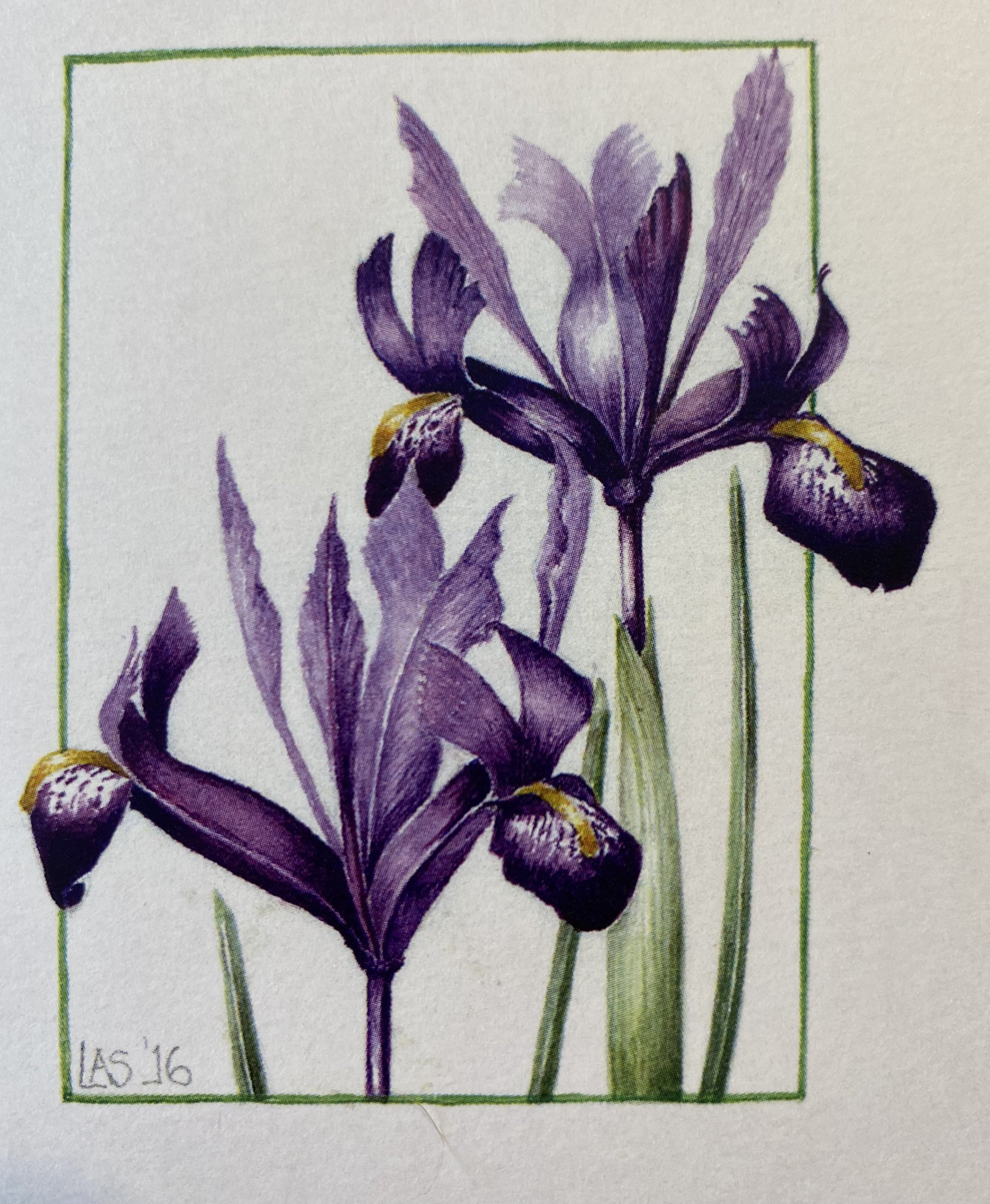
Iris reticulata watercolour by the author
The year has turned…
As soon as Christmas is behind us, I begin to look forward to Spring and start to search the garden for signs of emerging life. This morning, as I walked round with my first cup of tea, I noticed a few shy shoots beginning to emerge.
Those of you in milder areas with less soggy clay and more shelter from the south-westerlies will probably already have hellebores in flower; particularly some of the newer bred Helleborus x ericsmithii varieties but my Helleborus hybridus are later to emerge and will flower from January until Easter. They come in a wonderful variety of shades from deep, dusky slate blue to a clear lemon yellow but they are promiscuous and, if allowed to self-seed freely, will eventually produce only sludgy-pink flowered seedlings.
Some of the earliest flowers to appear are the tiny Iris reticulata which are already poking their pale green sheaths through the pots on the table in the courtyard. They are very happy in a rockery or in an alpine frame but I normally treat them as annuals in pots because, although mature bulbs will continue to flower, they often break up into bulblets which may take one or two years to get to flowering size – but their cheerful faces and jewel-like colours make it worth persevering. Plant them 4-6” deep to discourage the bulbs from splitting.
We do have one potential disaster that I hope we have averted. Bob noticed a few days ago that something had been nibbling at the bark of my espaliered apple trees – and doing quite extensive damage to them. I suspect rabbits as deer tend to nibble at their head height. They haven’t touched any of the other fruit trees so I suspect that it is because these are planted nearest to the fields where the warren is. Most trees will survive a bit of nibbling by animals but they will not survive ring-barking (the removal of bark right round the girth of the tree). We have put emergency measures into place using some pipe lagging that we had in the shed – I used to use it on my olive trees in the winter when they were newly planted and they survived! I shall replace the lagging with good tree guards soon but, meantime, we shall wait and see if our temporary remedy has worked!

Our espaliered apple trees are being nibbled by rabbits
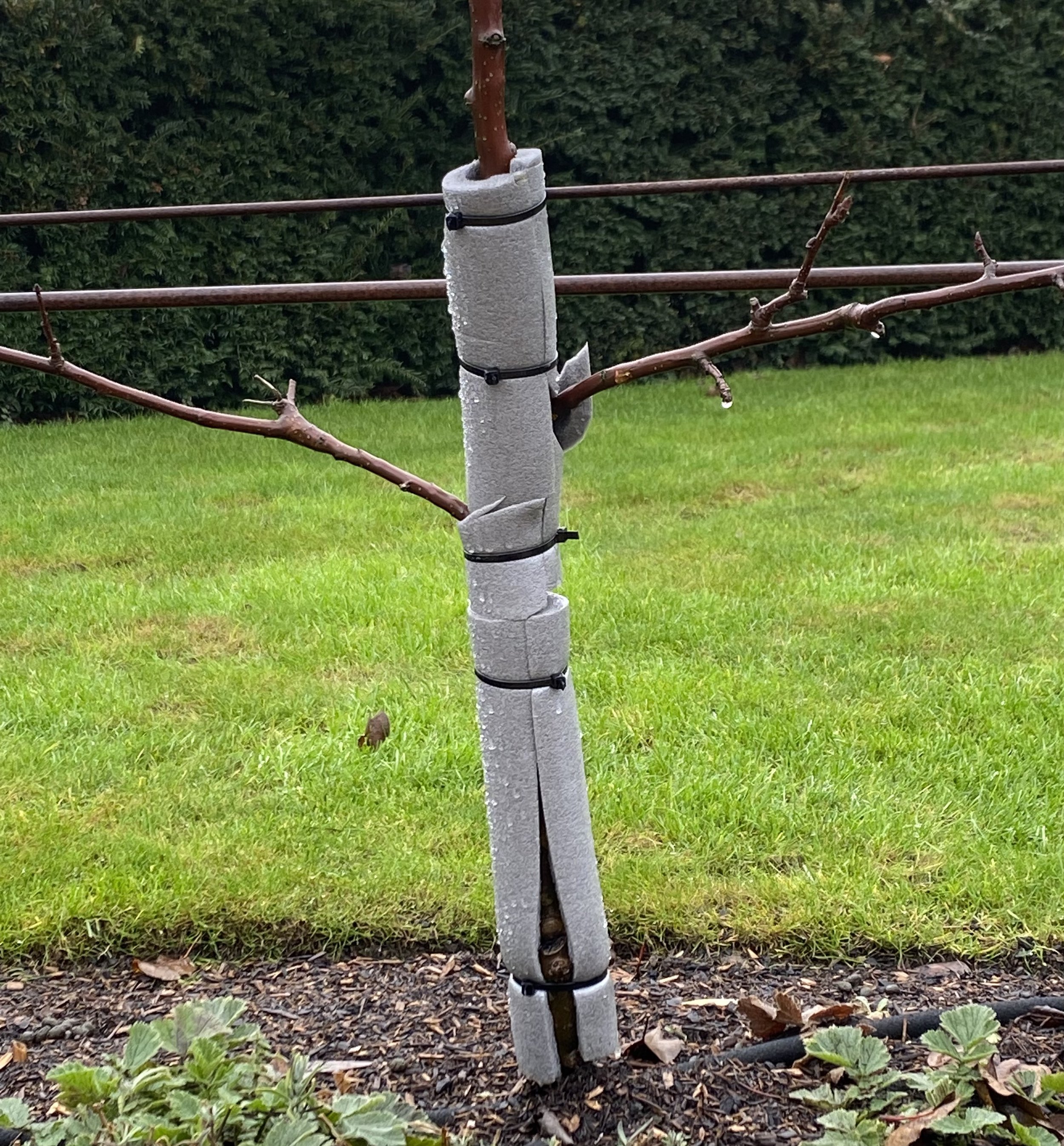
Our temporary solution
A Solitary bee nester
We have a family tradition of exchanging Secret Santa presents when we get together at Christmas. This year I got the pick of the dip: a ‘Solitary Bee Nester’. My urban-dwelling brother-in-law was bemused, first, that bees might wish to be solitary and, if they did, why there were 24 cells in the nester. The solitary beehive is specifically designed to attract non-swarming bees (such as the Orchard or Mason bee) whose natural habitat is holes in trees. I am siting mine on a southeast facing post in the wildflower paddock which will provide a ready food source and hope my bee hotel is soon occupied.
My other favourite present is ‘The Wild Life of the Fox’ by John Lewis-Stempel. I am a regular reader of his articles in ‘Country Life’ and am enjoying getting to know more about the life of the big red dog fox that lives in the copse across our neighbour’s field. He is often to be seen in the early morning hunting for mice in the field and executing his characteristic leap into the air as he pounces on his prey from above. In January we will hear the vixens screaming eerily for a mate and, in late April, may be lucky enough to spot her with her cubs at the edge of the copse at the same time as ‘the girls’ start to lamb in the paddock.
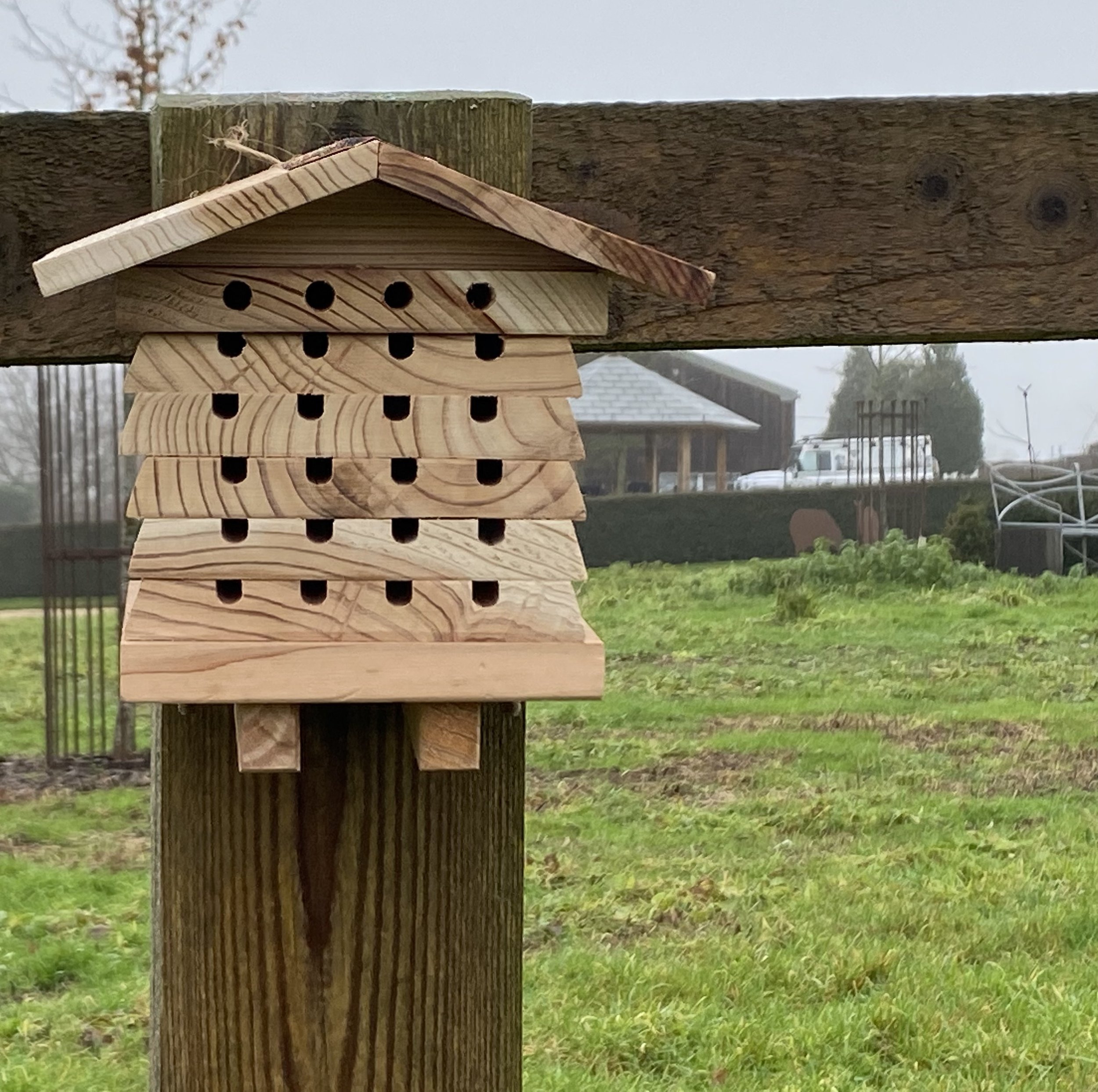
Our new Solitary Bee Nester
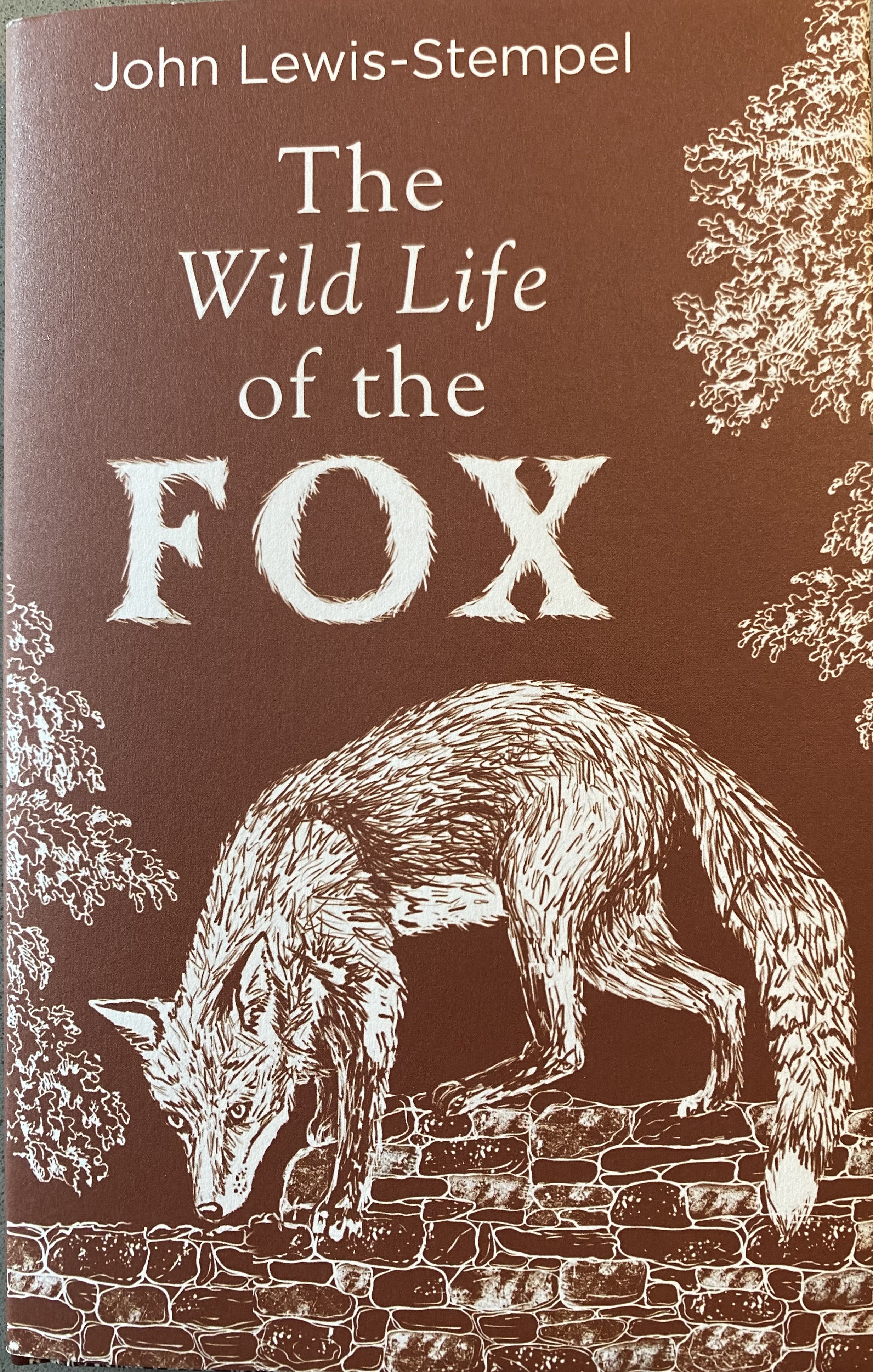
My favourite Christmas stocking present
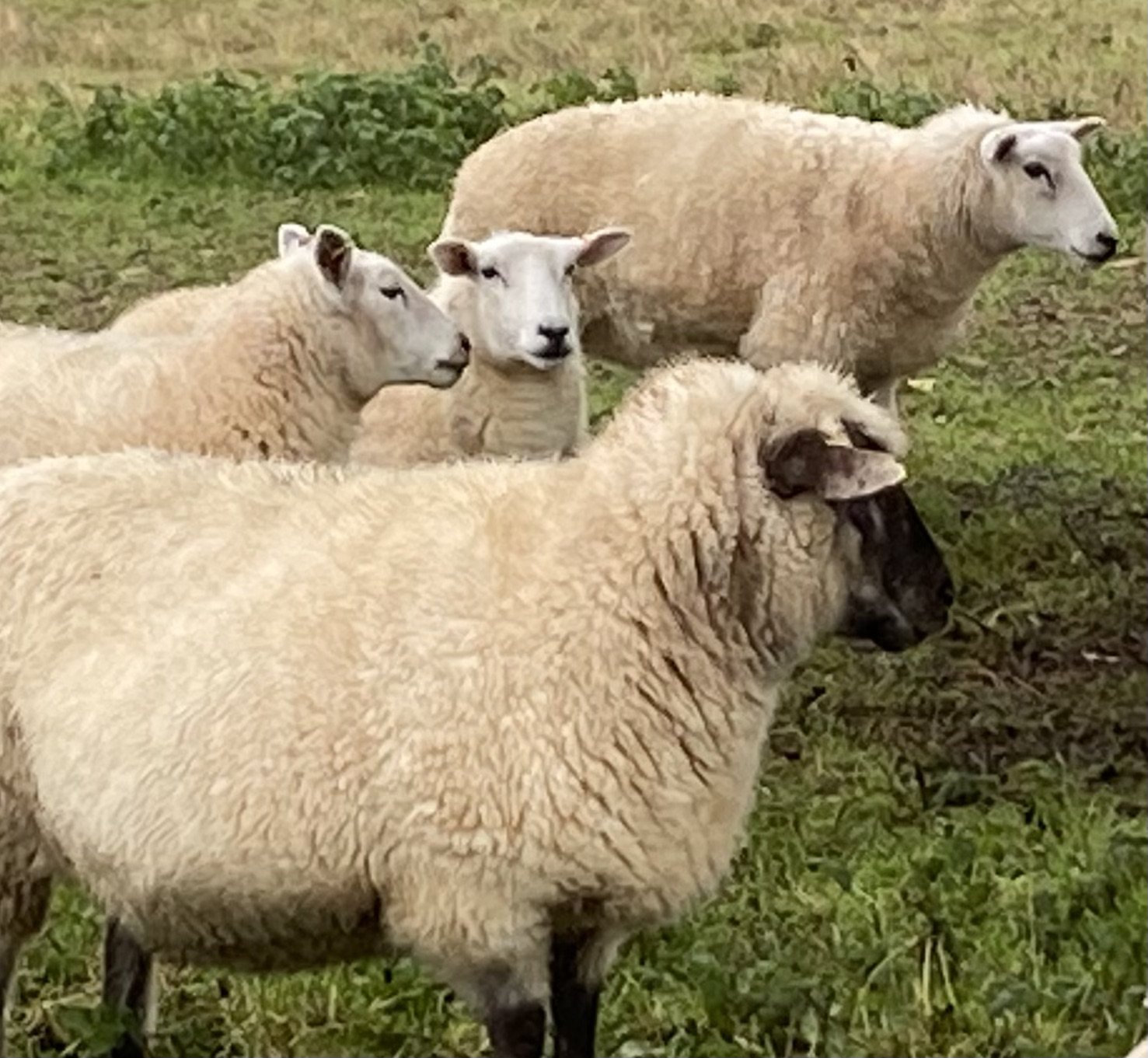
‘The Girls’ will lamb in April
Finally …
The darkest days and the worst of the winter are still ahead of us as I write but already there are signs of life – the first of my broad beans (being grown in boxes for exhibiting at RHS Chelsea Flower Show) are showing through in the cold frame and every day will bring another plant starting into growth. Time to put out the holly and cut branches of Sarcocca and Hamamelis mollis to scent the house; order a few more herbaceous plants to fill out the new border and get ready to start the gardening year again.
Follow us on Pinterest for more advice and inspiration for your English country garden: www.pinterest.co.uk/plantsupports
Follow us on Instagram: www.instagram.com/muntons_plant_supports
Follow us on Facebook: https://www.facebook.com/muntonstraditionalplantsupports
